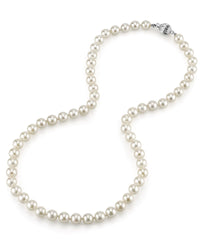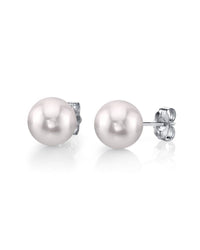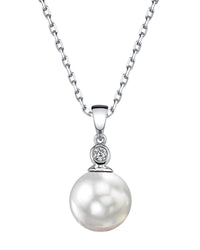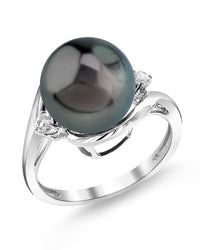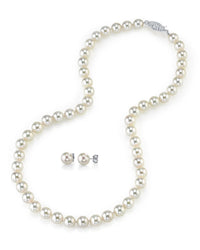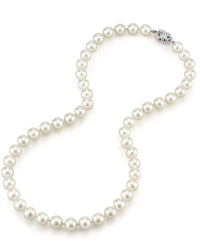Key Takeaways
-
-
Tooth test: lightly rub the pearl across the front of your teeth. Real pearls will feel gritty, like sandpaper. Fake pearls will feel smooth.
-
Real pearls will have a noticeable gritty feeling when rubbed together, often producing a fine dust (don't overdo it).
-
Drill hole check: crisp edges, very fine chipping and visible internal layers signal real pearls. Fake may have dye build up or melted plastic appearance around drill hole.
-
Real pearls show depth of color and overtones, variation is normal. Fake pearls will be unnaturally uniform.
-
Weight and temperature: real pearls feel cool at first touch and noticeably heavy.
-
Skip vinegar and scratch tests; these may damage real pearls.
-

